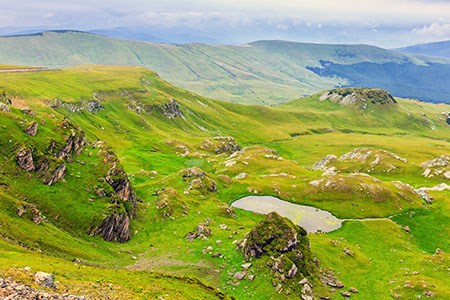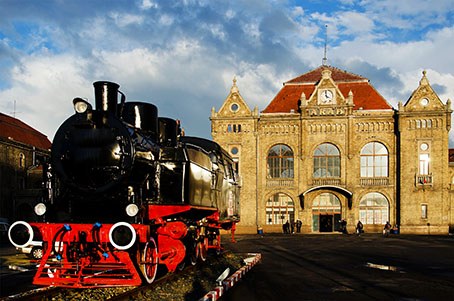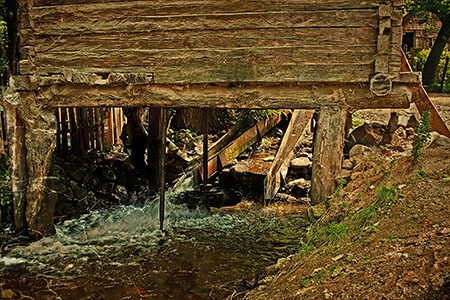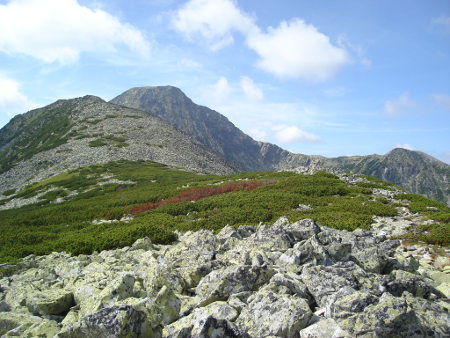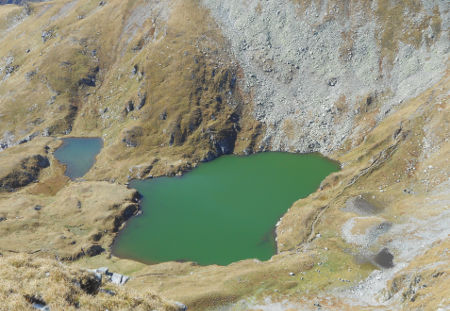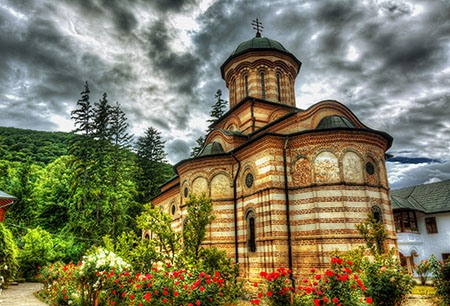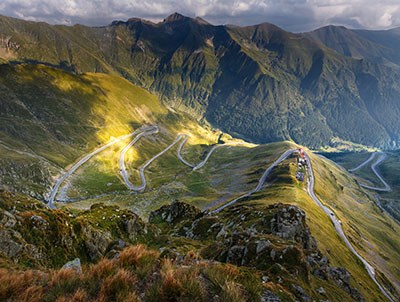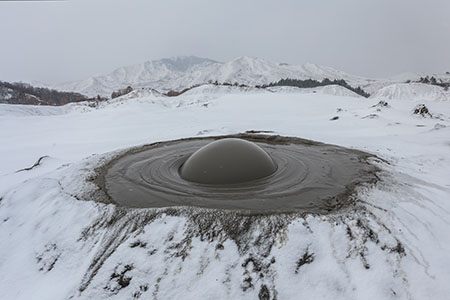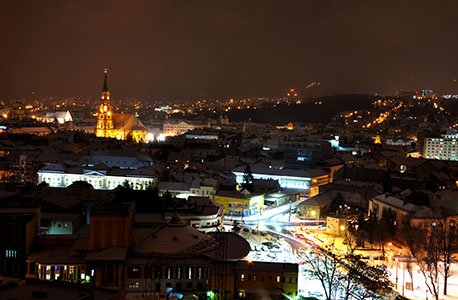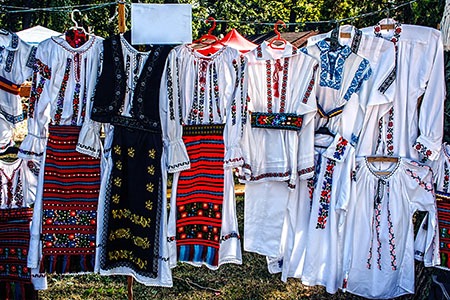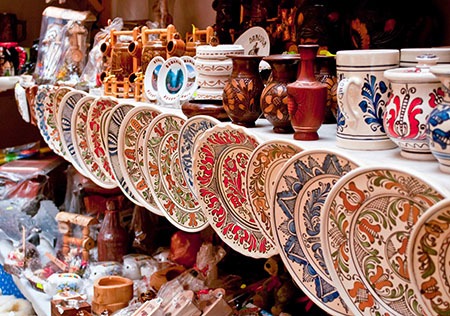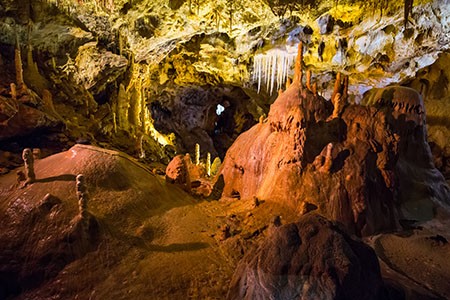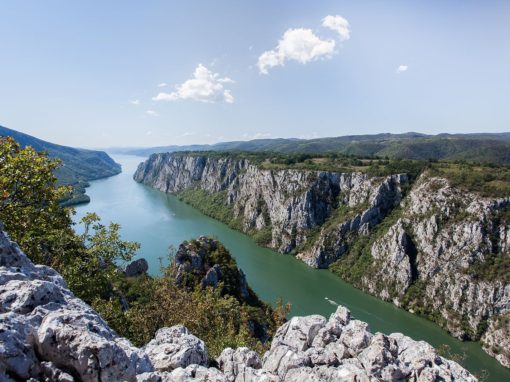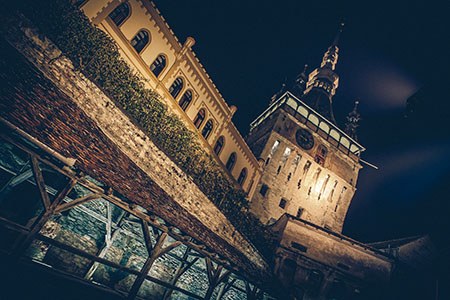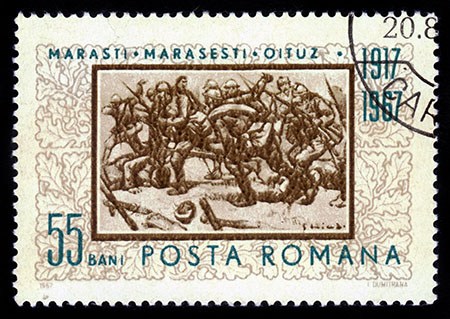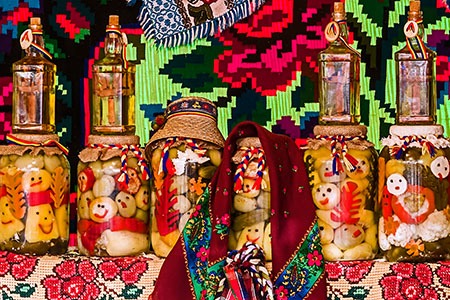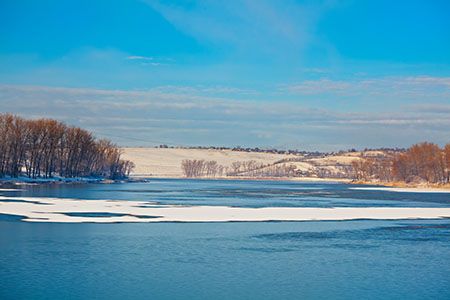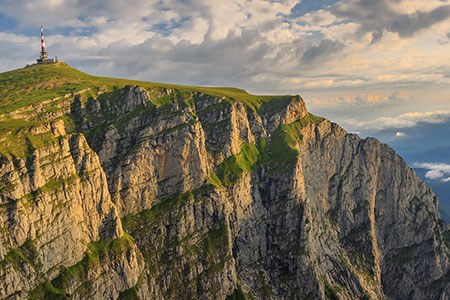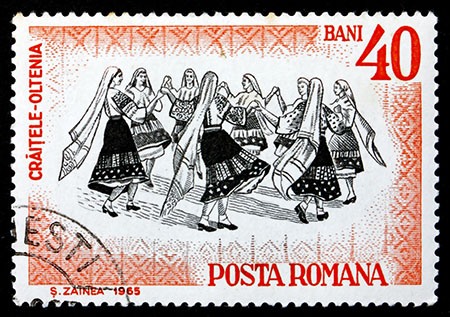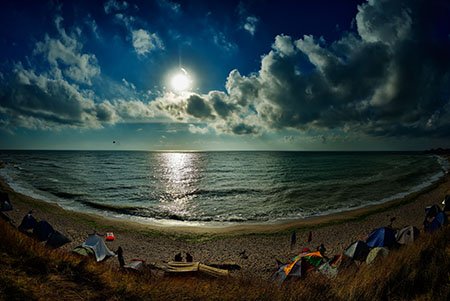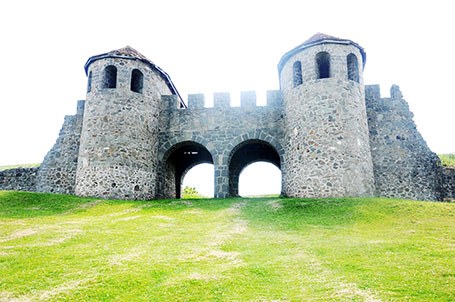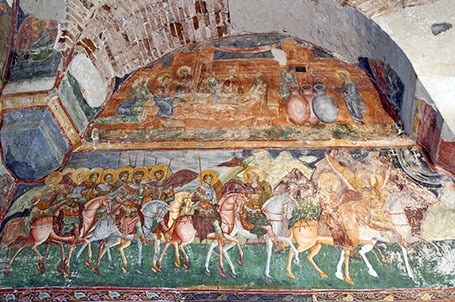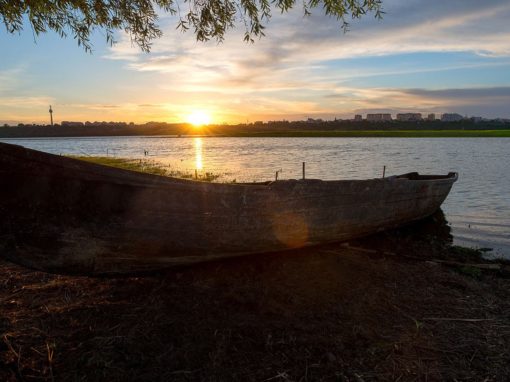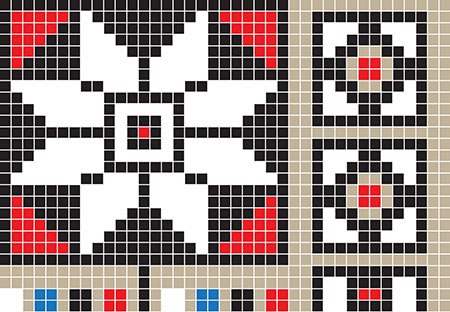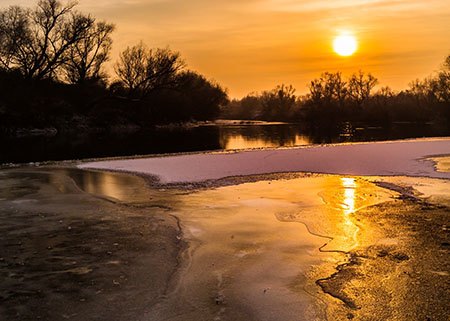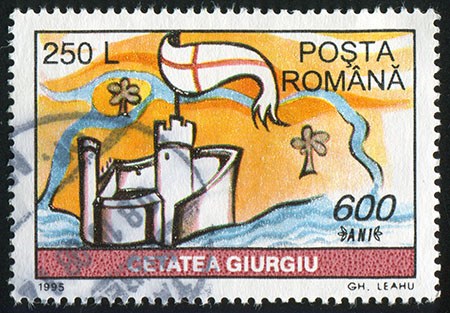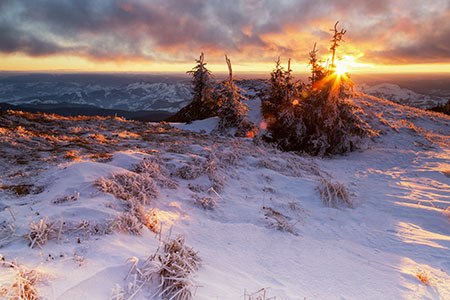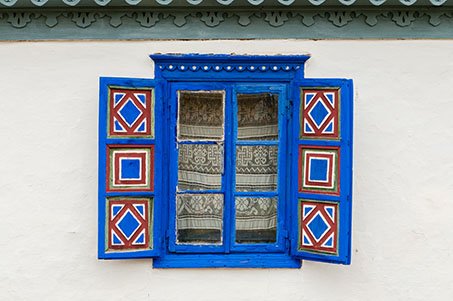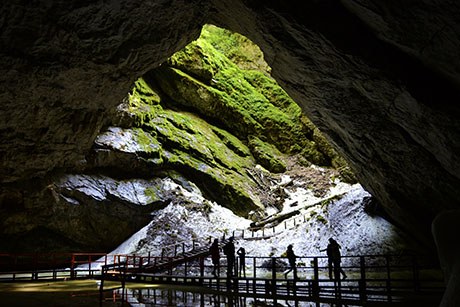Alba County is located in Transylvania in center of Romania. Its name comes from the capital city of the county – Alba Iulia. Alba Iulia and county’s history is related to noteworthy events of Romania’s history: the Roman domination, the uprising of Horea, Cloșca and Crișan, the reign of Mihai Viteazul (Michael the Brave) or the revolutionary activity of Avram Iancu.
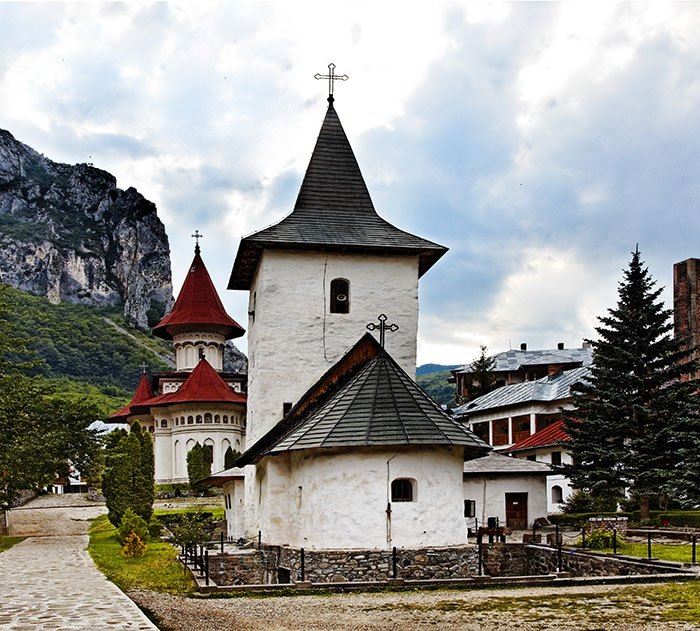
Mânăstirea Râmeţ, Cheile Râmeţului, România
For this reason history enthusiasts will find here countless sights to see: museums, fortresses, castles, archaeological sites.
The county’s relief is predominantly high including hills, mountains and plateau and is very favorable for outdoor activities and sports.
Alba county is crossed by two European roads E 81 and E 68 and two rail lines (200 and 300), one of them being part of the transport Corridor IV.
Ideal Escapes in Alba County:
1. Union Hall and Citadel of Alba Iulia that are part of Alba Iulia’s historic area called Alba Carolina Citadel. The area includes other important historical sights: the Roman Catholic Cathedral; Coronation Cathedral; Batthyaneum Library; Apor Palace; Princes Palace; The route of the three fortifications; the cell of Horea, Cloșca and Crișan.
The Roman Catholic Cathedral, St. Michael was built in 1247 – 1291 on the structure of a basilica dating since IXth century. Its romantic late, architectural style made it the most valuable architecture monument of Transylvania.
2 Girls’ Fair from Mount Gǎina – is a traditional event which is held annually on the day of St. Elijah if it falls on a Sunday or in the closest Sunday to this orthodox holiday. Although it takes one day, preparations for participation in the fair of marriageable girls can last for years. Marriageable girls come here with their families to find suitors and to present their hope chests sculpted with floral motifs. The key moment, the election of the bride, is called “veil changing” and is followed by a traditional party.
Mount Gǎina, which hosts this event since 1816, has 1486m altitude.
3. Cave Scǎrişoara – Bihor Mountains: underground karst landscape lovers can get here from the village Gârda de Sus. The cave is arranged for visit in company of authorized guides. Scǎrişoara cave houses the largest underground glacier in the country, the ice core dating back from 4000 years. Taking samples of ice from the glacier, scientists have learned a lot about the evolution of weather every year since the Glacier dating, about gold mining in the area, fires, etc.
4. Rosia Montanǎ Museum- by visiting this museum, enthusiasts can admire along tens of kilometers former Roman galleries, historical monuments and old mining tools used to separate gold from rock.
In the area there are also other tourist attractions:
– Historical sights: Citadel’s Hill and Alburnus Maior Fortress,
– Protected nature monuments: Raven Stone and Split Stone.
5. Râmeţ Gorges – are a very well preserved natural reserve being less affected by human presence. This protected area hosts a variety of karst surrounded by very picturesque forests and meadows. The area is close to Râmeţ Monastery.
The monastery has a long history, being considered one of the oldest in Transylvania. Throughout history it was under protection of several famous rulers as Matei Corvin and Mihai Viteazul (Michael the Brave). The paintings layers on its inner walls were dated as being from 1377.
6. Sebeș City – was founded by Germans settlers in the twelfth century and presents touristic interest both for its buildings (Evangelical Church – Lutheran, Franciscan Monastery and Octagonal Tower, First and Second World WarHeroes’Monuments) and the Geological Reserve Red Ravine (Râpa Roșie).
7. Aiud Fortress – located in the city of Aiud is one of the oldest in Transylvania. It hosts inside its walls the History Museum.
Near Aiud there are also other sights: Aiudului Gorges and The Nature Reserve “Pădurea Sloboda” (Loose Forest).
8. Cave Glacier Vârtop – located in the territory of Arieşeni village, the cave has both historical and geological value being the place where it was found the oldest vestige of Neanderthal in our country. For the variety of its ornaments and its state of preservation it is considered one of the most beautiful caves in Romania. The cave can be accessed only assisted by guides.
Ideal Escapes in Romania
